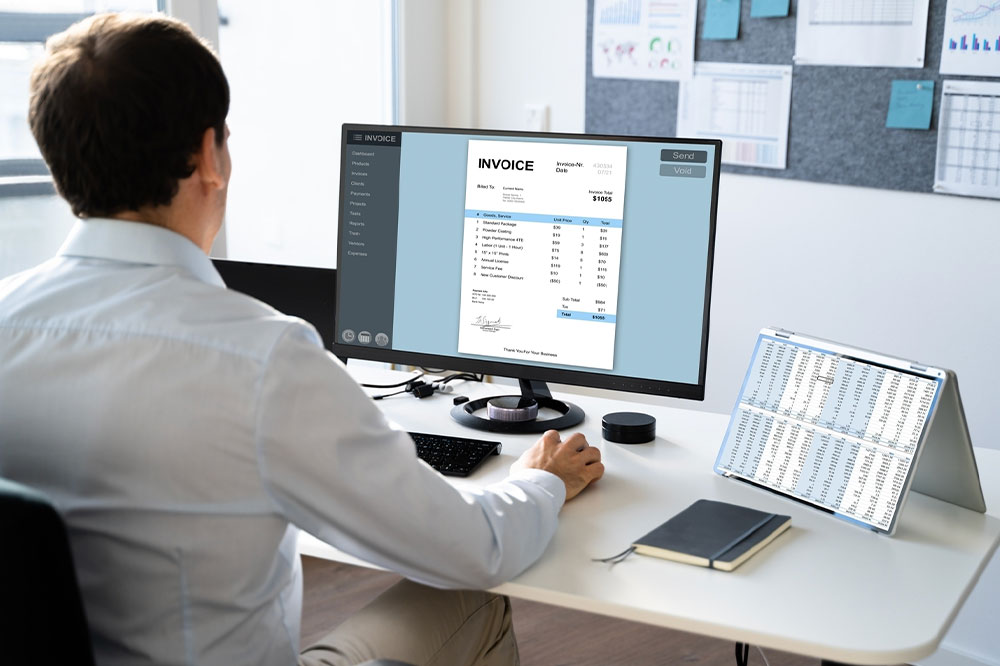
6 tips for choosing the ideal medical billing software
An ideal healthcare software helps automate billing, making it easy, safe, and secure for doctors, patients, and facilities to make, receive, and record payments. Further, a billing tool helps ensure that medical professionals and offices comply with privacy laws. However, there are hundreds of billing software options available today, so choosing the right one for a business can require careful consideration. So here are six tips for choosing medical billing software:
Determine requirements
Some healthcare professionals and facilities may require only a single app to handle billing and insurance claims, while others may need a comprehensive solution to also manage appointments, training programs, and health history. So, before making a purchase, one should make a list of requirements, which includes the features the healthcare office needs and the tasks that they would like the software to automate. Then, they should look for software that could meet as many of these requirements as possible.
Seek recommendations
One way to find tools that would meet all requirements is by asking other healthcare professionals for recommendations. The professionals who use specific apps or platforms to handle billing can describe what they do or do not like about the particular software. One can also look up user reviews on third-party websites to determine which software is suitable for their healthcare business.
Check for HIPAA compliance
Platforms designed to handle patient information and healthcare-related billing have to be Health Insurance Portability and Accountability Act (HIPAA) compliant. According to HIPAA, healthcare businesses are required to protect patient data. If the medical billing software is not HIPAA compliant, the user could be fined or even lose their license to practice. So, one should always speak to the software provider about their current licensing.
Set a budget
The cost of medical billing software will differ based on factors such as the type of platform, plan size, features, and whether or not the developer charges a per-provider fee or a per-transaction fee. As the software cost can vary from company to company, it is important to set a budget. Doing so could ensure that one does not overspend on unnecessary features and services. One could always sign up for a basic plan and get an upgrade when the need arises.
Assess system compatibility
While one might be tempted to buy a top-rating billing tool, it would be disappointing if the software does not work with the medical office’s existing system. So, before making the purchase, it is essential to assess system compatibility. For example, a business that uses a practice management system should ensure that healthcare billing software can be integrated without any hiccups. Doing so can help one save money in the long run by not having to buy another software.
Utilize the trial period
Before making a purchase, one should consider using the trial version of the software. By doing so, one could test the software and see if it is a good fit for the business. While not all providers offer demonstrations or training, they are likely to offer a free trial. So, making the most of the free trial could help one determine if the software is easy to use, able to meet most requirements, and offers adequate customer support to deal with glitches or bugs that may arise over time.




